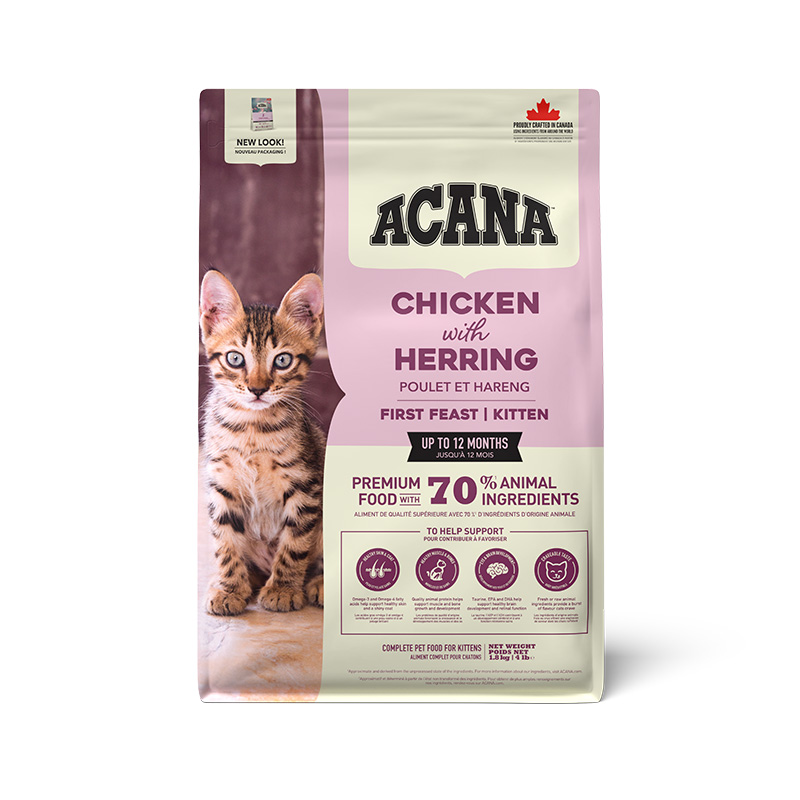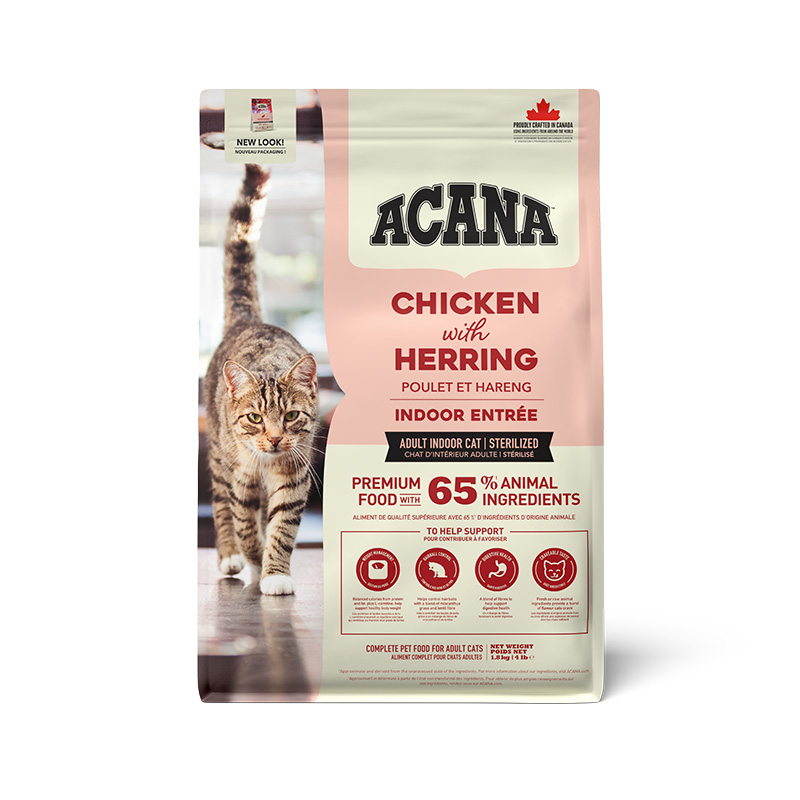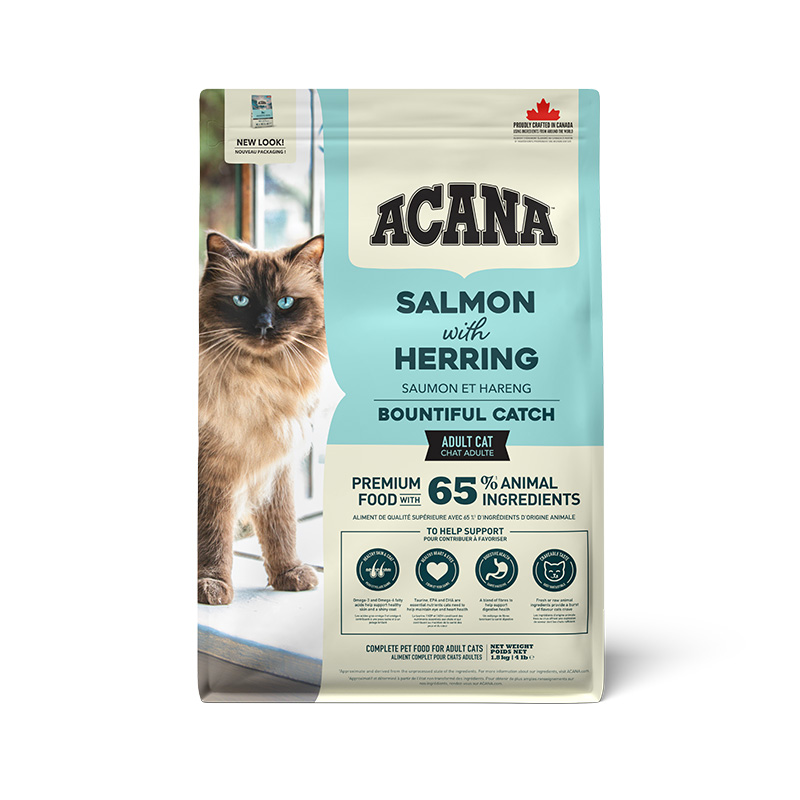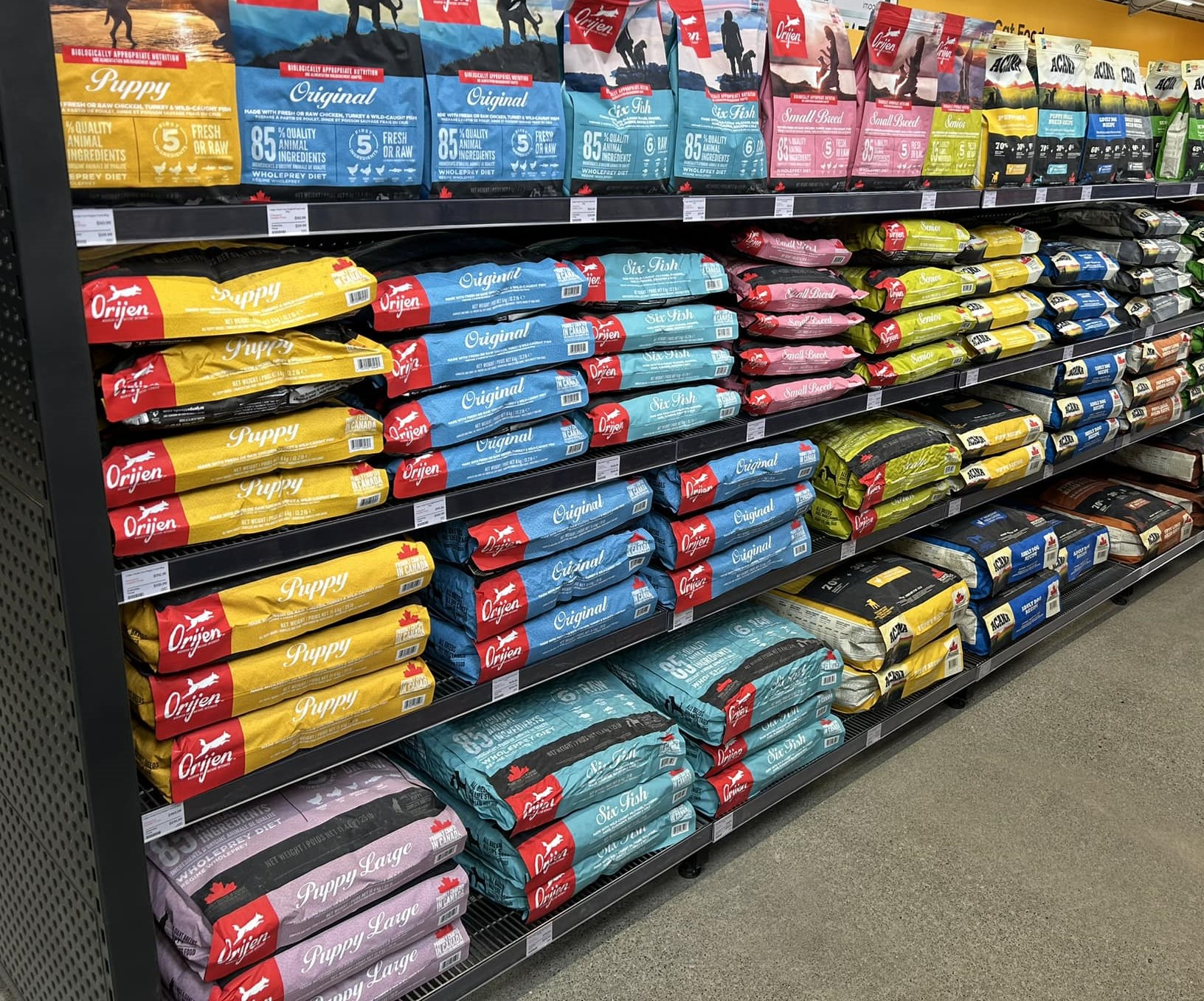How to Read Cat Food Labels: What to Know for Better Nutrition
.jpg)
As loving
cat parents, we want the best for our furry companions. But navigating the maze
of cat food labels can be daunting. What does "crude protein" really
mean? Are those "animal by-products" okay? Understanding the
ingredients in your cat's food is crucial for their health and well-being.
In this guide, we’ll explain what to look for on cat food labels and how to select the best food for your cat’s unique needs.
1. Understand the Ingredients List: The Key to Quality Cat Food
The first thing to look for on any pet food label is the ingredients list. Ingredients are listed by weight, from the heaviest to the lightest, so the first few ingredients will tell you a lot about the food's overall nutritional value.
High-quality protein should be the first ingredient. Cats are obligate carnivores, meaning they need a diet rich in meat to thrive. Look for named animal proteins such as chicken, turkey, salmon, or duck, rather than vague terms like “meat meal” or “poultry by-product.” For instance, ACANA Wild Prairie features free-run chicken and turkey as its top ingredients, providing cats with the high-quality protein they need for strong muscles and overall health.
Fresh ingredients are another key indicator of quality. In ACANA Bountiful Catch, wild-caught herring, mackerel and hake are combined with whole fruits and vegetables, ensuring your cat receives a mix of animal protein and nutrient-rich, whole foods.
2. Protein and Fat Content: What Your Cat Needs for Energy
Cats need a balanced diet, and protein and fat are essential for their energy and overall well-being. When reviewing a label, pay close attention to the protein and fat percentages listed on the guaranteed analysis.
Generally, healthy adult cats need a minimum of 26% protein on a dry matter basis. Look for foods that have more animal-based protein and fewer carbohydrates like grains and fillers, which are not natural for a cat's diet.
.jpg)
3. What Does Crude Protein Mean?
Protein, especially animal protein, is expensive. Some cat food manufacturers keep costs low by including only the minimum amount of protein that cats require to survive, not more to help them thrive. A cat food’s crude protein level is included in the guaranteed analysis section on the label. Crude protein is an estimate of a diet’s protein level determined by measuring the amount of nitrogen present.
By looking at crude protein levels, you can compare how much protein different cat foods contain. However, you’ll need to do some calculations to compare dry food to wet food. You’ll also need to do some simple math to see whether a cat food meets or exceeds the amount of protein a cat needs. Look for higher protein percentages, especially in the form of named animal proteins, for a food that supports your cat's health.
4. The Role of Carbohydrates
Cats have limited carbohydrate requirements, and excessive grains like corn, wheat, and soy, often used as fillers, can contribute to weight gain and allergies. Look for limited or grain-free options, especially for cats with sensitivities. Premium cat food brands like ACANA use low-glycemic carbohydrates like sweet potatoes and peas, which are easily digestible and provide steady energy without spikes in blood sugar.
5. The Importance of Omega Fatty Acids for Cats
Omega-3 and omega-6 fatty acids are essential for maintaining your cat's healthy skin, shiny coat, and overall health. When choosing cat food, look for ingredients like salmon and herring, which are rich in these beneficial fats.
.jpg)
6. What About Fillers and Additives in Cat Food?
A high-quality food should be free from artificial colours, flavours, or preservatives. Cats are sensitive to these chemicals, and exposure over time can lead to health issues like allergies or digestive problems.
ACANA prides itself on using whole, fresh ingredients without any artificial additives, making it a reliable choice for a healthier diet. This means your cat is getting a wholesome meal, packed with nutrients, and free from anything unnecessary.
6. Life Stage and Special Diet Considerations
Another important factor when reading labels is to check whether the food is appropriate for your cat’s life stage (kitten, adult, senior) or special dietary needs. Young cats, for example, have different nutritional requirements than adult cats or seniors.
For kittens, ACANA First Feast is specifically formulated to meet the higher protein and fat needs of growing kittens. The whole chicken and turkey used in this recipe, combined with healthy fruits and vegetables, support healthy growth, development, and energy levels.
For adult and senior cats, you’ll want a food that supports overall health without unnecessary calories. ACANA Indoor Entrée is ideal for indoor cats, offering the right balance of protein and fat for less active cats.
Reading Labels for Better Cat Health
Choosing the best food for your cat isn’t just about filling their bowl—it’s about investing in their health and future well-being. By reading the label carefully and looking for quality ingredients like animal proteins, healthy fats, and omega fatty acids, you can make a smart choice for your cat’s nutrition.
And when you choose a brand like ACANA, you’re not just getting premium ingredients; you’re also choosing pet food that’s committed to your
cat’s health. With a focus on fresh, wholesome ingredients, ACANA offers recipes crafted to provide your cat with balanced, high-quality
nutrition for a long and healthy life. Browse
ACANA's cat recipe range here!





.jpg)